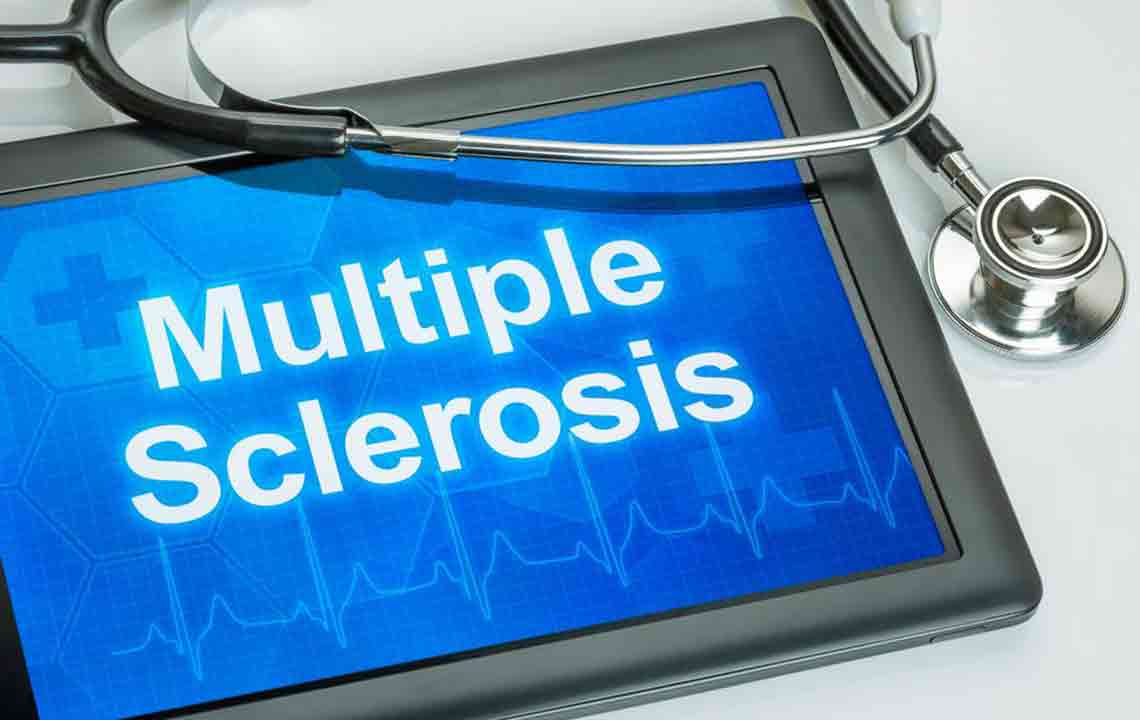Understanding Multiple Sclerosis: Diagnosis Methods and Criteria
This article explains how multiple sclerosis is diagnosed, highlighting key criteria, including MRI scans, CSF analysis, and neurological assessments. It emphasizes the importance of early detection and a combination of diagnostic tools to confirm MS accurately, aiding effective management. The guide details various tests used to rule out other conditions and monitor disease progression, ensuring timely treatment. A thorough understanding of the diagnosis process can help patients and clinicians identify MS early, improving treatment outcomes and quality of life.

Understanding Multiple Sclerosis: Diagnosis Methods and Criteria
Multiple sclerosis (MS) is an autoimmune disorder impacting the central nervous system. It occurs when the immune system mistakenly attacks the protective myelin covering nerve fibers, disrupting communication between the brain and body. Early detection is crucial for effective management. Diagnosing MS involves various tests to exclude other conditions with similar symptoms, ensuring an accurate diagnosis.
Diagnostic Framework
The primary diagnostic guidelines are based on the McDonald criteria, established by neurologist W. Ian McDonald. These criteria rely on MRI findings, cerebrospinal fluid analysis, and clinical assessments to identify demyelination in the nervous system.
Dissemination in Space (DIS)
This criterion assesses the distribution of lesions across multiple central nervous system regions typically affected by MS, confirmed through MRI.
Dissemination in Time (DIT)
This involves evidence of lesion development at different times, confirmed via follow-up MRI scans showing new lesions or simultaneous presence of active and inactive lesions. Clinically, repeated neurological episodes separated by at least 30 days also support DIT.
The McDonald criteria have evolved, incorporating advanced diagnostic tools for earlier and more precise detection of MS.
Diagnostic Procedures
Multiple tests are used since no single test can confirm MS. Each provides essential information to accurately diagnose and assess the severity of the disease for effective treatment planning.
1. Neurological and Medical Evaluation
Including detailed medical history to assess familial and personal health issues, and neurological examinations checking reflexes, coordination, muscle strength, vision, and sensory functions. Abnormalities here can suggest MS.
2. MRI Imaging
MRI scans visualize brain and spinal cord lesions typical of MS. Brain MRIs reveal bright spots indicating demyelination, while spinal MRIs detect lesions that can cause motor or sensory impairments. Follow-up scans monitor disease progression and therapy effectiveness.
3. Spinal Tap (Lumbar Puncture)
This procedure obtains cerebrospinal fluid to identify markers such as oligoclonal bands and elevated IgG levels, indicating immune activity within the central nervous system, especially helpful when MRI results are inconclusive.
4. Blood Tests
Blood analysis helps rule out similar conditions like infections, vitamin deficiencies, and autoimmune diseases such as lupus and Lyme disease that mimic MS symptoms.
5. Optical Coherence Tomography (OCT)
OCT offers detailed retinal images. Thinning of the retinal nerve fiber layer is common in optic neuritis, a condition linked to MS, aiding in early detection.
Important Notice:
All information regarding symptoms, diagnostic tests, and health conditions is provided for educational purposes only. It should not replace professional medical advice. Always consult qualified healthcare providers for diagnosis and treatment recommendations.










